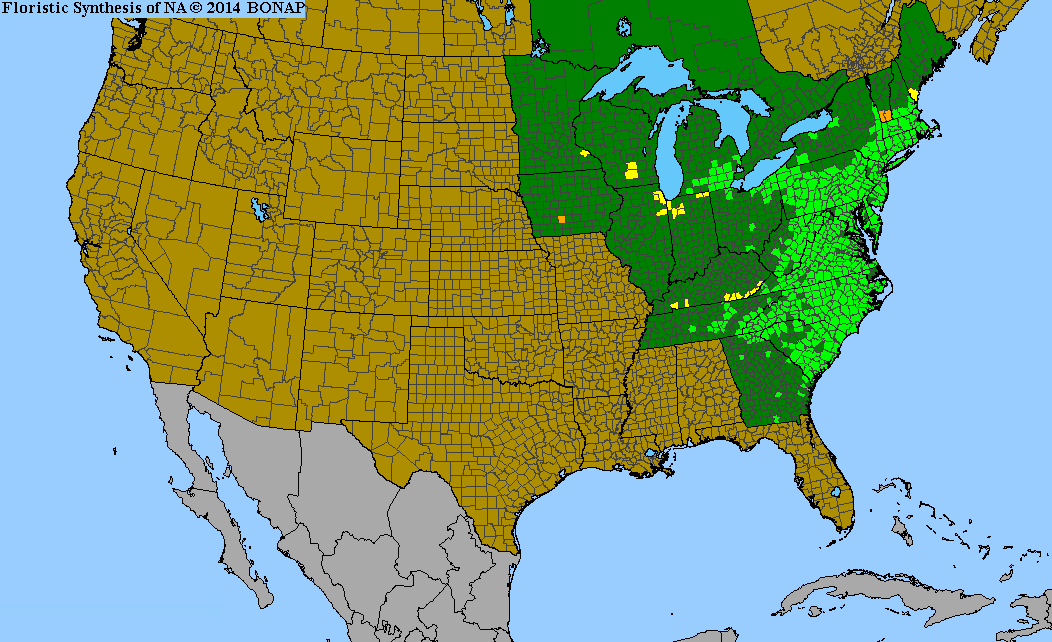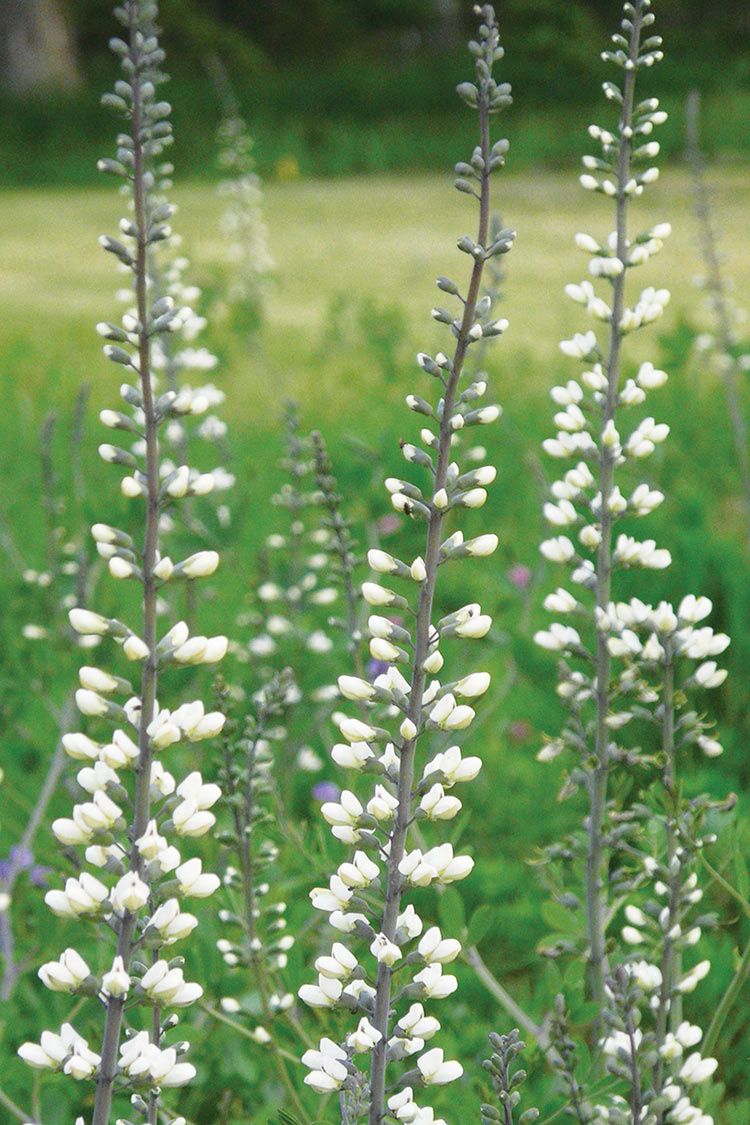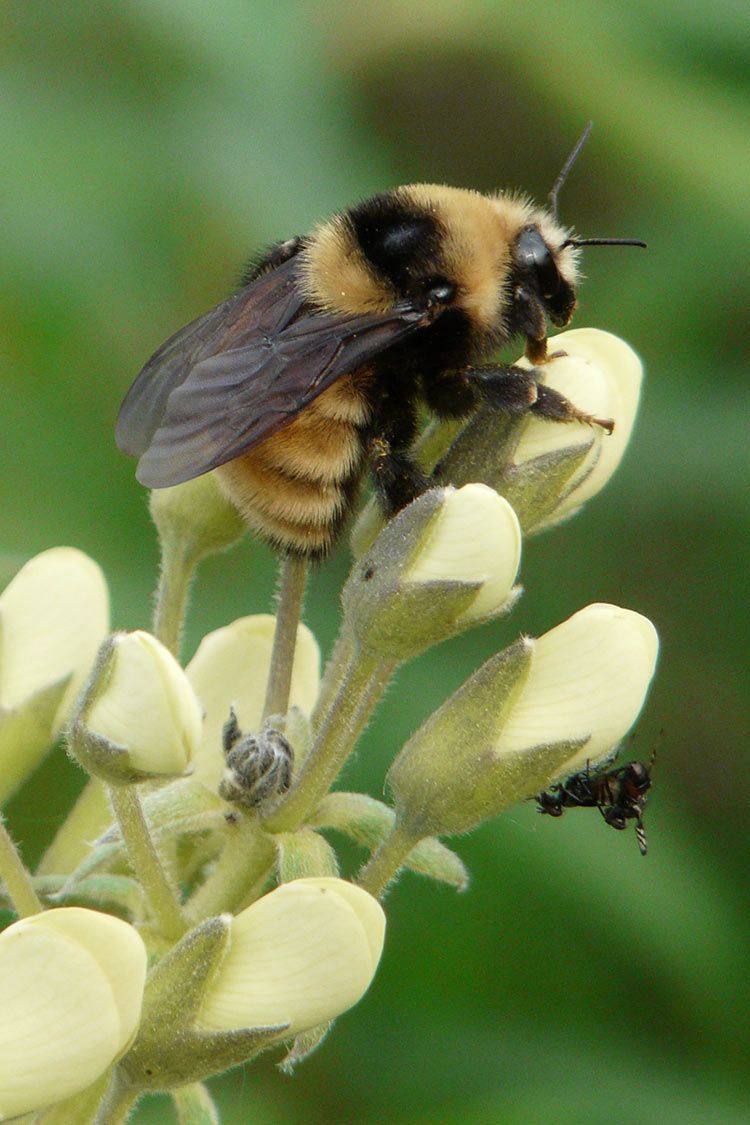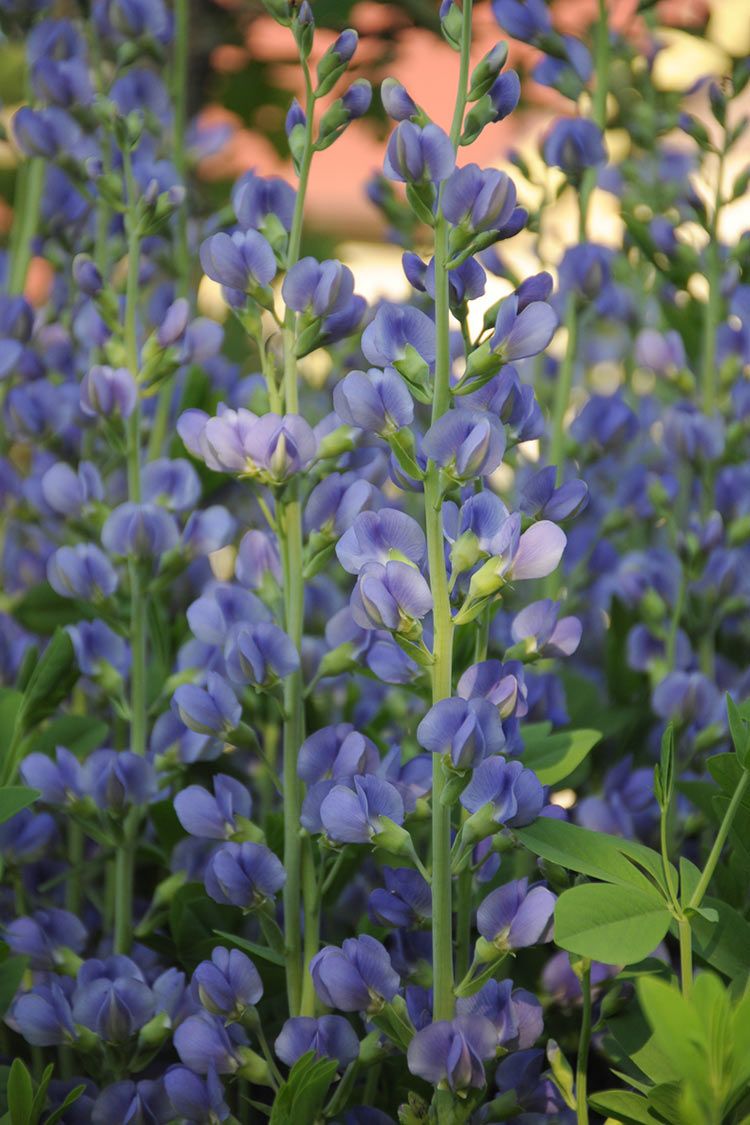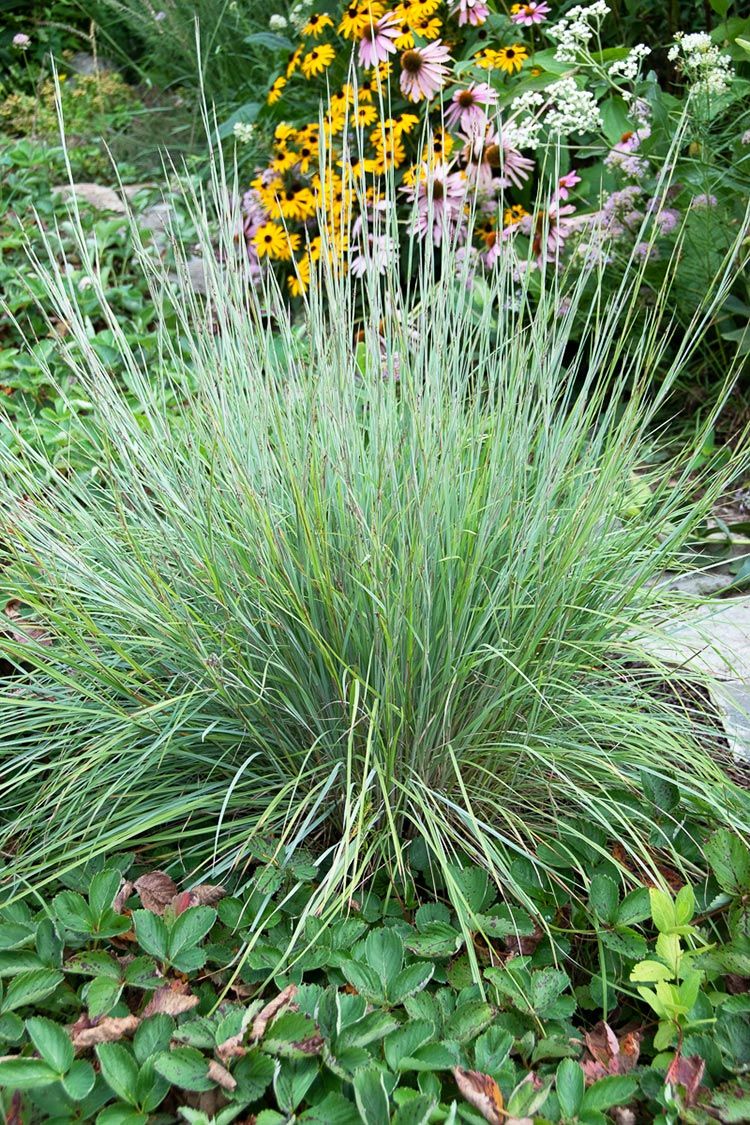Yellow Wild Indigo
Yellow Wild Indigo is a shrubby perennial, and generally wider than it is tall. It is often overlooked in favor of larger Baptisias, but makes a wonderful addition to both flower beds and naturalistic plantings. A top-notch supporting player, it features …
| Soil Type | Loam, Sand |
|---|---|
| Soil Moisture | Dry, Medium |
| Sun Exposure | Full Sun, Partial |
| Height | 2' - 3' |
| Bloom Color | Yellow |
| Bloom Time | May, June |
| Spacing | 2' - 3' |
| Zones | 3, 4, 5, 6, 7, 8 |
| Root Type | Taproot |
| Benefits | Butterflies, Pollinators, Host Plant, Deer Resistant |
Yellow Wild Indigo is a shrubby perennial, and generally wider than it is tall. It is often overlooked in favor of larger Baptisias, but makes a wonderful addition to both flower beds and naturalistic plantings. A top-notch supporting player, it features numerous bright yellow pea-like flowers, arising on stems that extend just above a mound of clover-like foliage. The mounded foliage is loosely compact, and the overall texture provides a distinct compliment to a variety of other plants. After blooming the flowers give way to small inflated seed pods which turn black when ripe, offering good late season interest.
Yellow Wild Indigo grows naturally in sandhills, and dry open woods and clearings with sandy acidic soil. The mounding clumps form slowly over time, to take on a shrubby appearance. Mature plants have a deep, extensive root systems and should not be disturbed once established.
Host plant for the Frosted Elfin (Callophrys irus), and Wild Indigo Duskywing (Erynnis baptisiae) butterflies.




